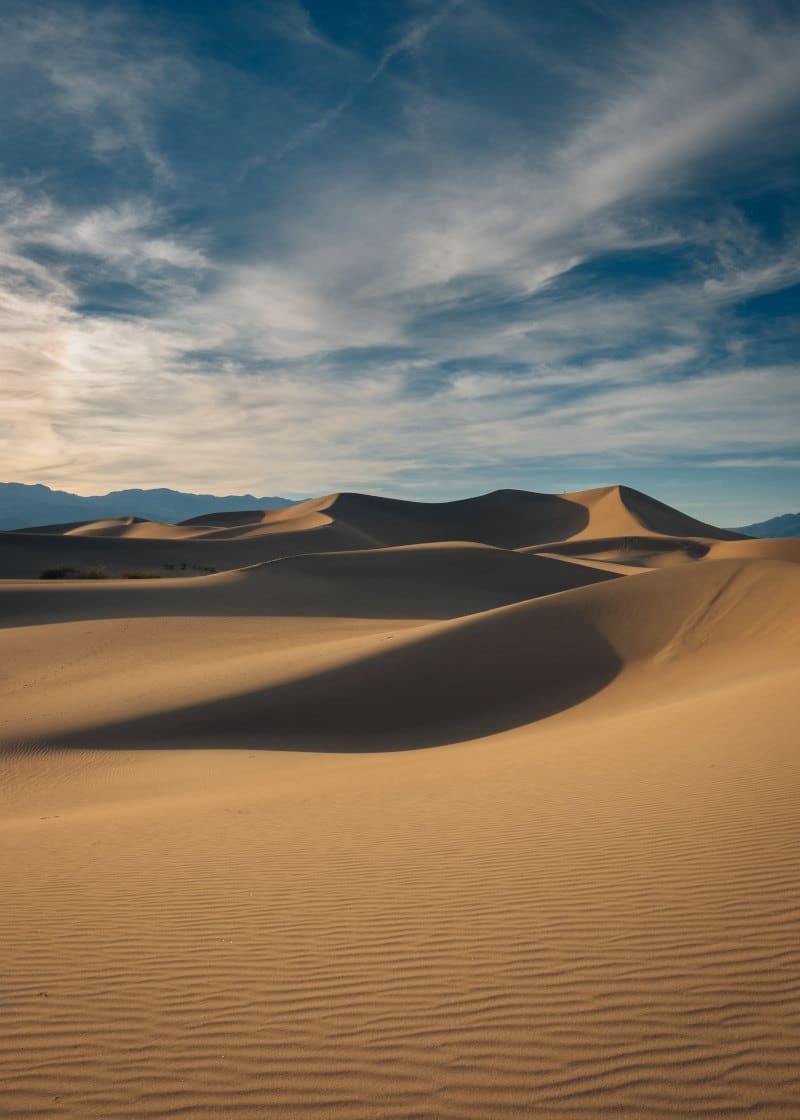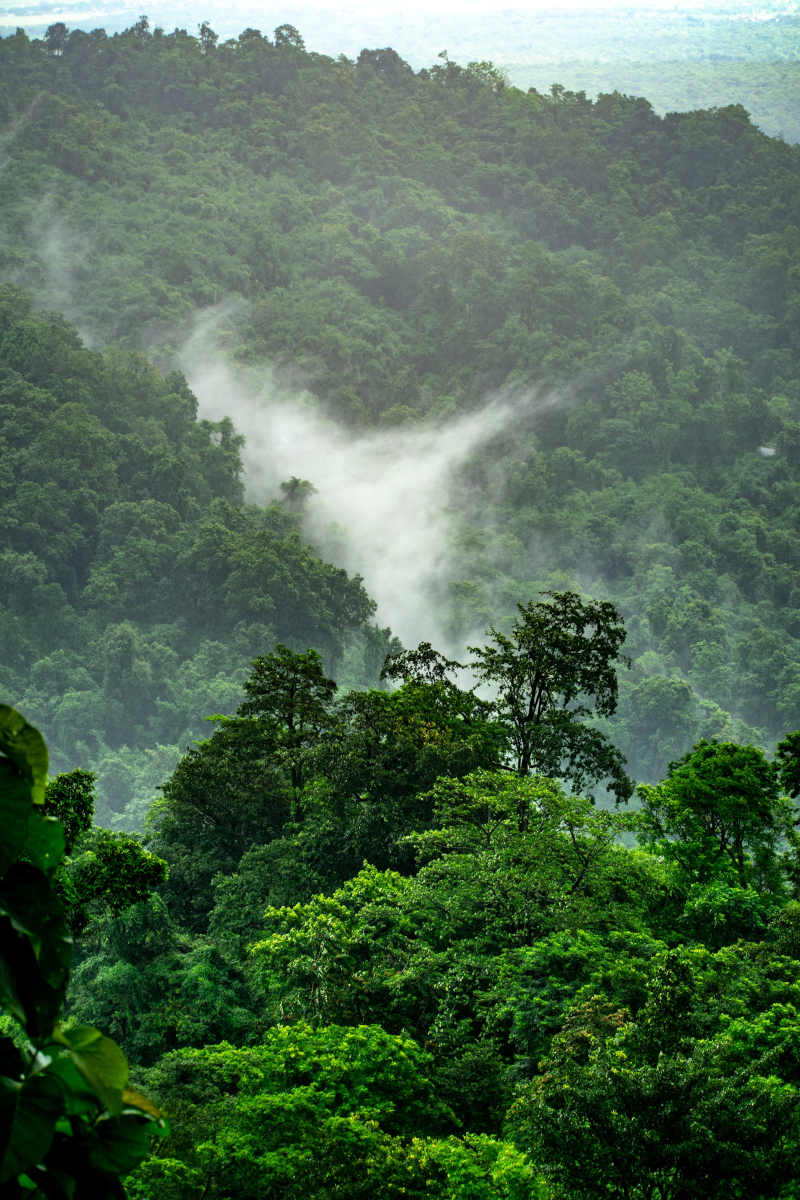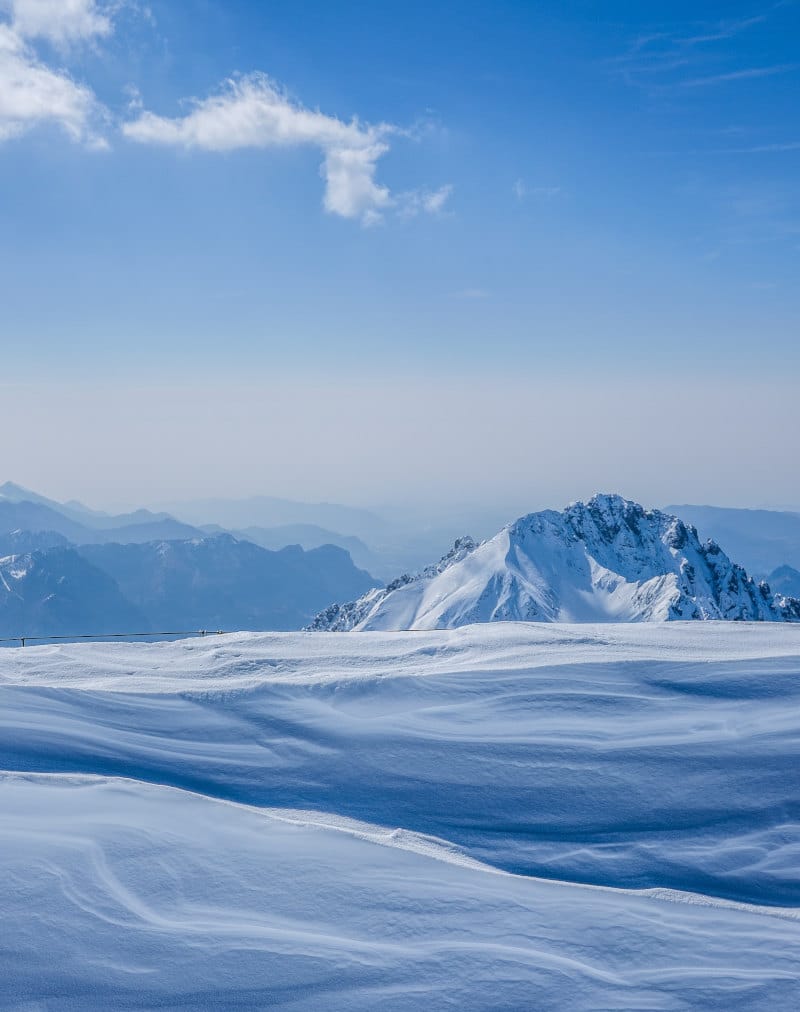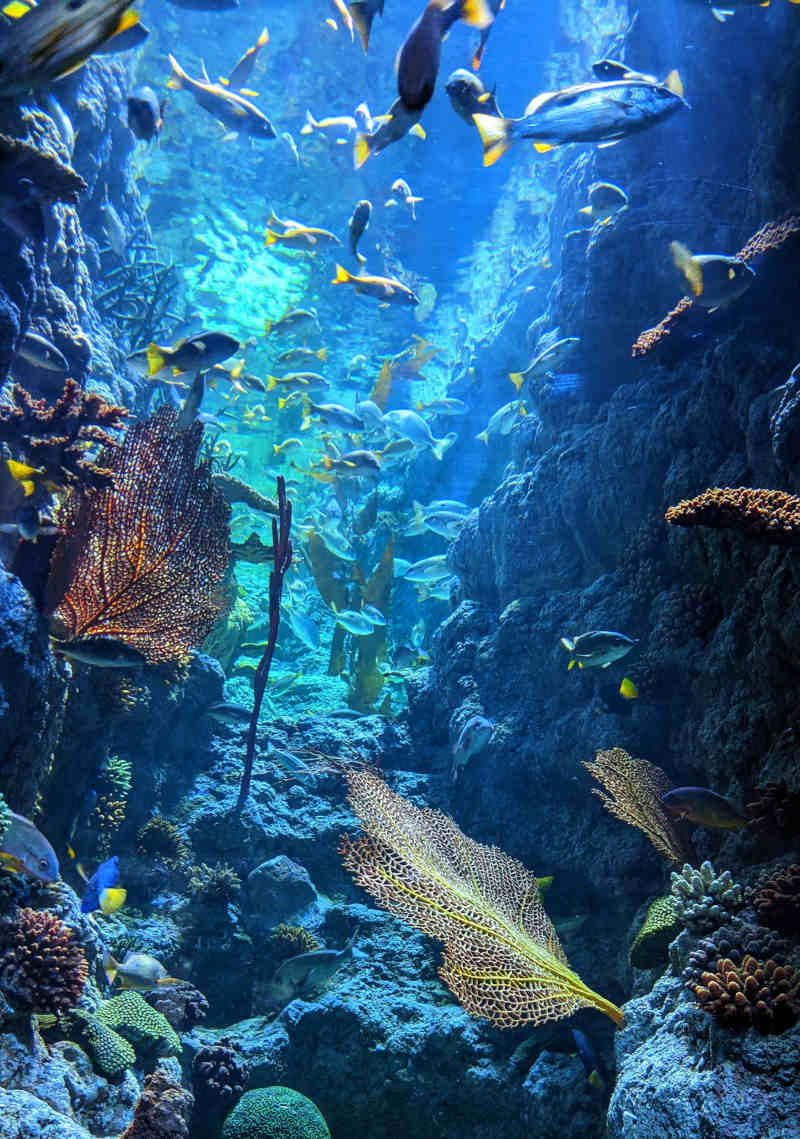The 9 Different Ecosystem Types And Their Importance Explained
Our planet is like a box of crayons. Not only are there a million and one different colors, but there are also different sizes, conditions, and even more of one kind than another. What makes our planet so beautifully diverse is the different types of ecosystems that make up the ecology of our world.
From the icy winds of the antarctic to the steamy, humid heat of the tropical rainforests. Each ecosystem is so delicately created yet vital to the survival of our planet.
Sustainability is so much more than reducing plastic and riding your bicycle a little more than you hop in your car – although, let’s be honest here, that definitely helps.
Having a deeper understanding of the different types of ecosystems and why they are so important can help us to make sustainable changes in our lives that work in harmony with our own ecosystems.
So, keep reading to find out what an ecosystem is and discover the ecosystem types that surround us all every single day.
What Is An Ecosystem?
Ecosystems are geographic areas where the weather, plants, animals, and living and non-living organisms all work together in relative harmony to create a little bubble of life. Look around you. Everything on this earth is part of one ecosystem or another, even you.
Each different type of ecosystem on our planet has its very own features. This includes temperatures, physical geography, plant and animal life, and even unique chemical aspects.

Most ecosystems have been functioning perfectly for thousands of years. It’s a very delicate balance, every element within an ecosystem has an important part to play. If anything slips out of place the balance can shift and the features of the ecosystem can begin to change – for better or worse.
So, to put it simply, ecosystems are the world that surrounds you. The forest at the bottom of the yard is its very own ecosystem and then the river that runs through is a completely different ecosystem.
How Many Types Of Ecosystems Are There?
If you do a quick Google search you’ll find there are a varying number of ecosystem types. Some say there are only two types of ecosystems. Whereas, others will break it down into 15 plus different types of ecosystems.
But here, we look at ecosystem types in a broader sense. Starting with the broader classification of ecosystems. We have the terrestrial ecosystems group, these are all the ecosystems we can find on land and above water.
Then there is the Aquatic ecosystems group, which consists of the ecosystem types we can find below the surface of our waters.
Even within those smaller ecosystems in these two groups, you can find even smaller ones. It’s one of those things that just keeps going but you’re probably not here to have your mind completely blown. So, I am going to stick with the nine main types of ecosystems we have on our earth.
What Are The Terrestrial Ecosystems?
Terrestrial ecosystems are all of the different types of ecosystems you can find on land. From the forests to the cave systems, and even the mountainous regions. If it is above water, it will fall into the terrestrial ecosystem group.
The Desert Ecosystem
Even if our earth is 70% water, you may be surprised that a whopping 1/5 of our planet is considered to be a desert ecosystem. Receiving very little rainfall, types of desert ecosystems have to experience less than 10cm of rain per year to be considered a desert.
Although upon first look, deserts seem barren they are teeming with life, and each continent’s desert is incredibly different from the next. Different rock formations, dune features, and even trees make every desert ecosystem unique to itself.
Desert temperatures are generally very high during the day, although the world’s largest desert can actually be found around the chilly South Pole in Antarctica.
The Rainforest Ecosystem
Rainforests are the most biologically diverse ecosystems on our planet. These types of ecosystems consist of tall, mostly evergreen trees and experience a very high level of rainfall. They are also considered to be the oldest forms of ecosystems in the world with some having survived in their present form for over 70 million years.

Although our rainforests only cover 6% of the earth’s surface, they are home to more than half of the planet’s animal and plant species. The extreme level of rainfall our rainforests experience has provided the perfect climates for dense plant growth and consists of four distinct layers. The emergent layer, the canopy layer, the understory, and the forest floor.
The Forest Ecosystem
Unlike rainforest ecosystems, all other forests fall under the forest ecosystem heading. However, there are many different types of ecosystems in these groups. Such as tropical forests, boreal forests, temperate forests, evergreen forests, montane forests, and even seasonal forests, just to name a few.
Forest ecosystems have a beautifully balanced community of flora and fauna, as well as a diverse number of living creatures that work in tandem with each other and the forest environment. The forest ecosystems can be divided into further groups based on their regions.
The Grassland Ecosystem
Grassland ecosystem types have very distinct climates and features and they can be found all over the world. When we think of grasslands, we may initially think of the dry, arid lands of the African grasslands but the typical grassland ecosystem is much different.
Grassland ecosystems are also called prairies and are typically the home to grazing animals like buffalo and elephants, as well as a wide range of insects and birds.
All grassland ecosystems feature wide open spaces of land, littered with very few trees most grasslands, and are actually lush with life for much of the year. Grass tends to be the dominant plant species in these biomes and they can experience up to 35 inches of rain every single year.
The Mountain Ecosystem
This particular ecosystem is incredibly easy to point out. Consisting of our mountainous regions, mountain ecosystems may be scattered but they also are home to a diverse range of animals and plants. Although these ecosystem types feature higher altitudes that can create harsher environments there is not one void of life.
Typically the lower slopes of these mountainous biomes are covered in montane forest systems with rives flowing through them. As you move into the higher slopes of these regions they typically take on similar features of other ecosystems – such as temperate forests, savanna ecosystems, and scrubland. Once you reach the highest peaks of many of these regions vegetation can dwindle to almost zero with the high altitude, lower levels of oxygen, and cold climates.
The Savanna Ecosystem
Although you may think of savannas as desert-like places on our planet, they’re actually a completely different type of ecosystem. This is mainly due to the levels of rain they experience. Although savannas are typically very dry and warm they experience more rainfall than deserts. Around 20-30 inches every year.
You may also be wondering why this ecosystem isn’t included in the grasslands group, it is a grassland after all. This is because of its drier climate. Unlike lush grasslands, the savanna has very extreme seasonal changes with a long wet season of 6-8 months, which sees a lot of rainfall and sometimes even flooding, and then a dry season of 4 to 6 months, which sees no rainfall at all and can cause much of the vegetation to wither away.
The Tundra Ecosystem
The tundra ecosystems can only be found in a few places on our planet. Bordering the boreal forests of the Northern Hemisphere and in more southern regions, like Antarctica. As you can already guess, tundra ecosystems are typically very cold and very dry.

Tundras have very short vegetation growing seasons and sometimes plants won’t survive here at all, even the trees. Most of the animal life in the Tundra consists of creatures that have adapted perfectly to these cold and difficult places. Such as lemmings, arctic hares, and even Polar Bears.
What Are The Aquatic Ecosystems?
Aquatic ecosystems are the different types of ecosystems you can find below the waters of our planet. From the deep oceans that surround our countries to the ponds, rivers, and lakes that litter our terrestrial biomes. There are so many different aquatic ecosystems but we have split them into two different groups to make it super simple for you to understand.
The Freshwater Ecosystem
Even though our planet consists of approximately 70% water, only 0.8% of that is covered by our freshwater ecosystems. Most of these ecosystems can be found within our terrestrial ecosystems and can be broken down into three different types of ecosystems.
Lentic ecosystems consist of stagnant water types, such as ponds and lakes. Stoic ecosystems are their fast-flowing opposites such as our gushing rivers. Lastly, we have our wetland ecosystems, which are lands that become flooded and saturated for long periods.
Our freshwater ecosystems are not only home to a wide array of aquatic fish, reptiles, amphibians, and even mammals but it’s ultimately where our drinking water comes from as well.
The Marine Ecosystem
The marine ecosystem is one of the largest ecosystem types on our planet, covering just under 70% of our planet. However, just like freshwater ecosystems, marine biomes can be divided into further ecosystems.
Firstly there are littoral ecosystems. These are biomes that are found on the shores of lakes, rivers, and oceans. They can actually be freshwater ecosystems as well and all have very high biodiversity due to their semi-aquatic nature.

Then there are the coral reef ecosystems. These are easy to discover thanks to their tell-tale coral reefs. They are the most diverse oceanic ecosystems and about 25% of the world’s fish species rely on the coral reef for survival.
The remaining oceanic ecosystems fall into one of 4 groups.
- Intertidal Ocean Ecosystem – Coastal areas where the ocean interacts with both land and freshwater systems.
- Neritic Ocean Ecosystem – Consisting of shallow ocean areas
- Abyssal Ocean Ecosystem – The deep waters of the ocean where sunlight is unable to penetrate
- Oceanic Ecosystem – All other oceans around the world
What About Artificial Ecosystems?
Although, when we think of ecosystems we conjure up images of the beauty of nature there are actually many different types of artificial ecosystems around our planet. Artificial ecosystems are entirely man-made and rely on human intervention to continue thriving. Without our input and continued effort, these particular ecosystems would collapse and revert to what they once were.
Artificial ecosystems are usually created to mimic natural ecosystems, although they are much less complex and diverse. Some examples of human-crafted ecosystems are orchards, farmlands, man-made reservoirs or lakes, aquariums, zoos, and even your very own yard.
Not all artificial ecosystems are bad for our planet, some are even created with the idea of preservation in mind. However, many of these ecosystems are low in biodiversity because humans drive away what we see as pests.
However, all artificial ecosystems have a goal-orientated purpose. Some are purely for aesthetic entertainment, others are to grow food, and some like our zoos and forests are created to conserve and protect animal and plant species.
So, Are Different Types Of Ecosystems Important?
As you can see, there are so many different types of ecosystems around our earth from the dry and dusty deserts, the cool and snowy tundras, and the myriad of forest biomes. Some you may never even experience in your lifetime but they are all small pieces of a much bigger puzzle. By caring for one we are caring for all others.
Each ecosystem provides a delicate ecological balance of natural habitats, food chains, air purification, pollination, and natural carbon dioxide conversion and storage. That’s why they are so important to every human on this earth and why we should be looking closely at how we affect each one.
Because without these ecosystem types, we as a species, wouldn’t be able to exist. If you want to learn more about topics like natural carbon dioxide conversion, also check out our article about the importance of trees.